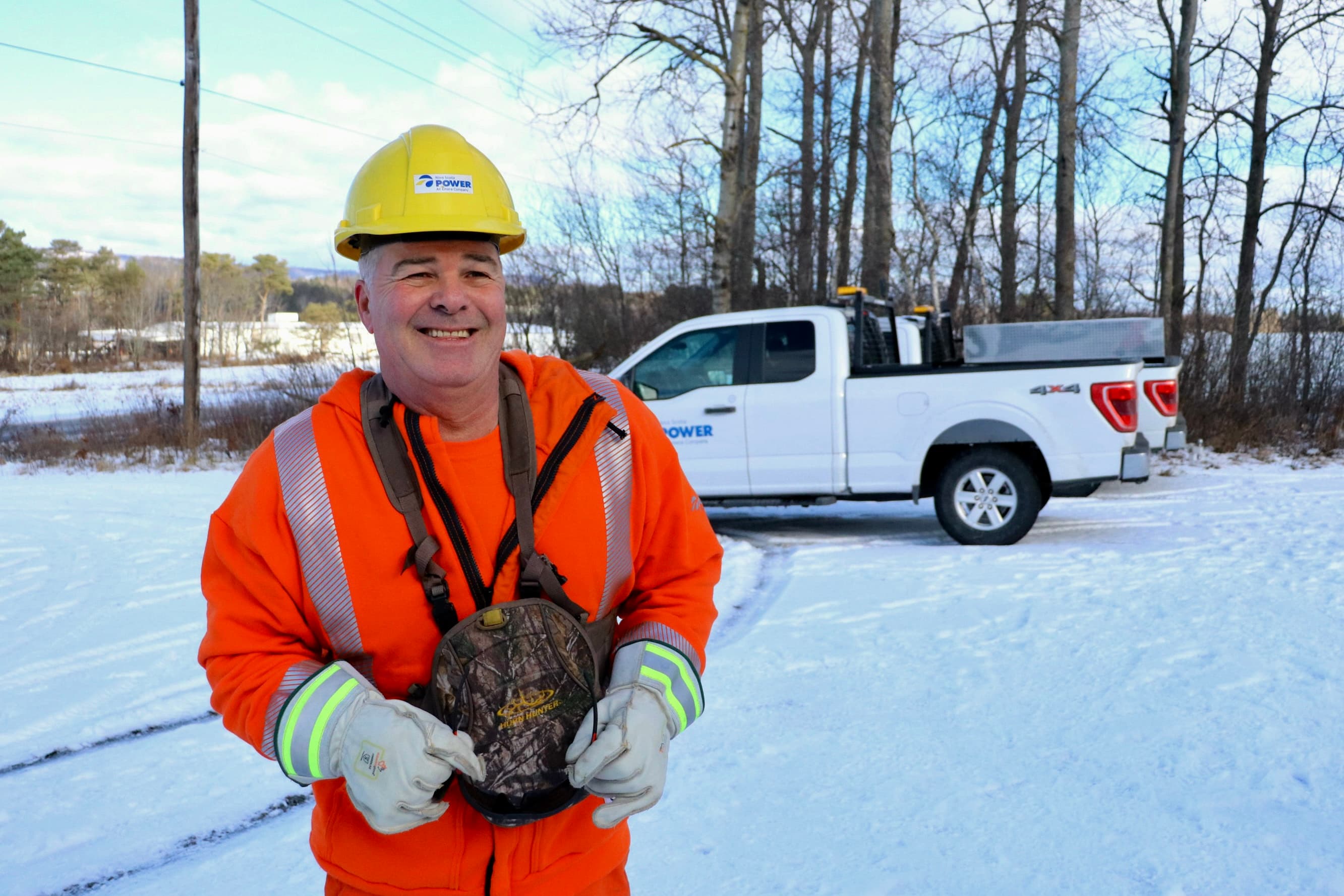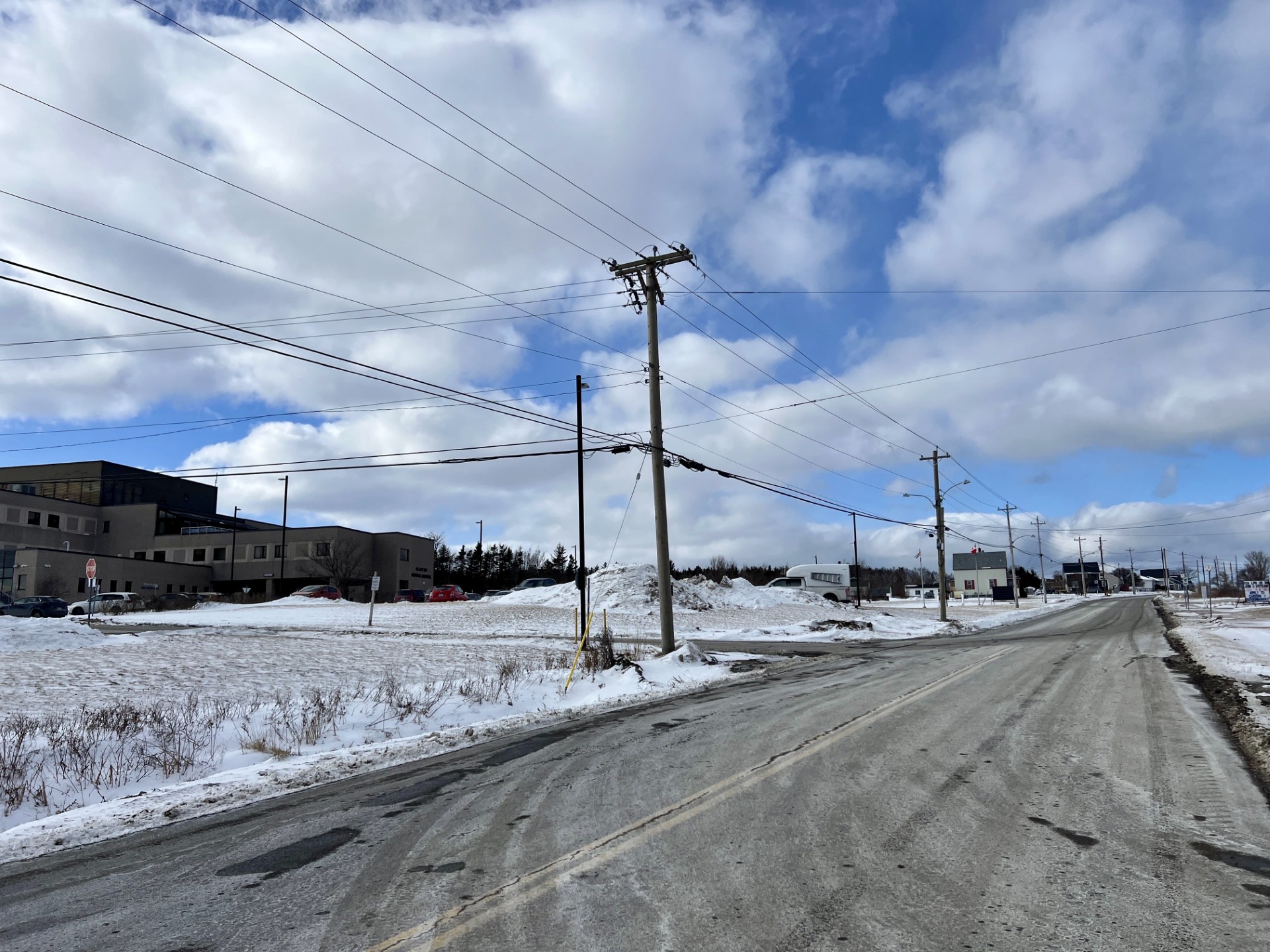We invest roughly $200 million across the province each year in reliability, including new equipment, upgrades and refurbishments, and tree trimming.
In 2024, nearly $45 million will be invested in trimming, cutting, and removing trees and widening right of ways, which is up 40% from the $32 million spent last year.
We know we need to do more. That’s why, going forward, our plans will include increasing our tree trimming investment year-over-year and nearly doubling our annual investment over the next five years.










